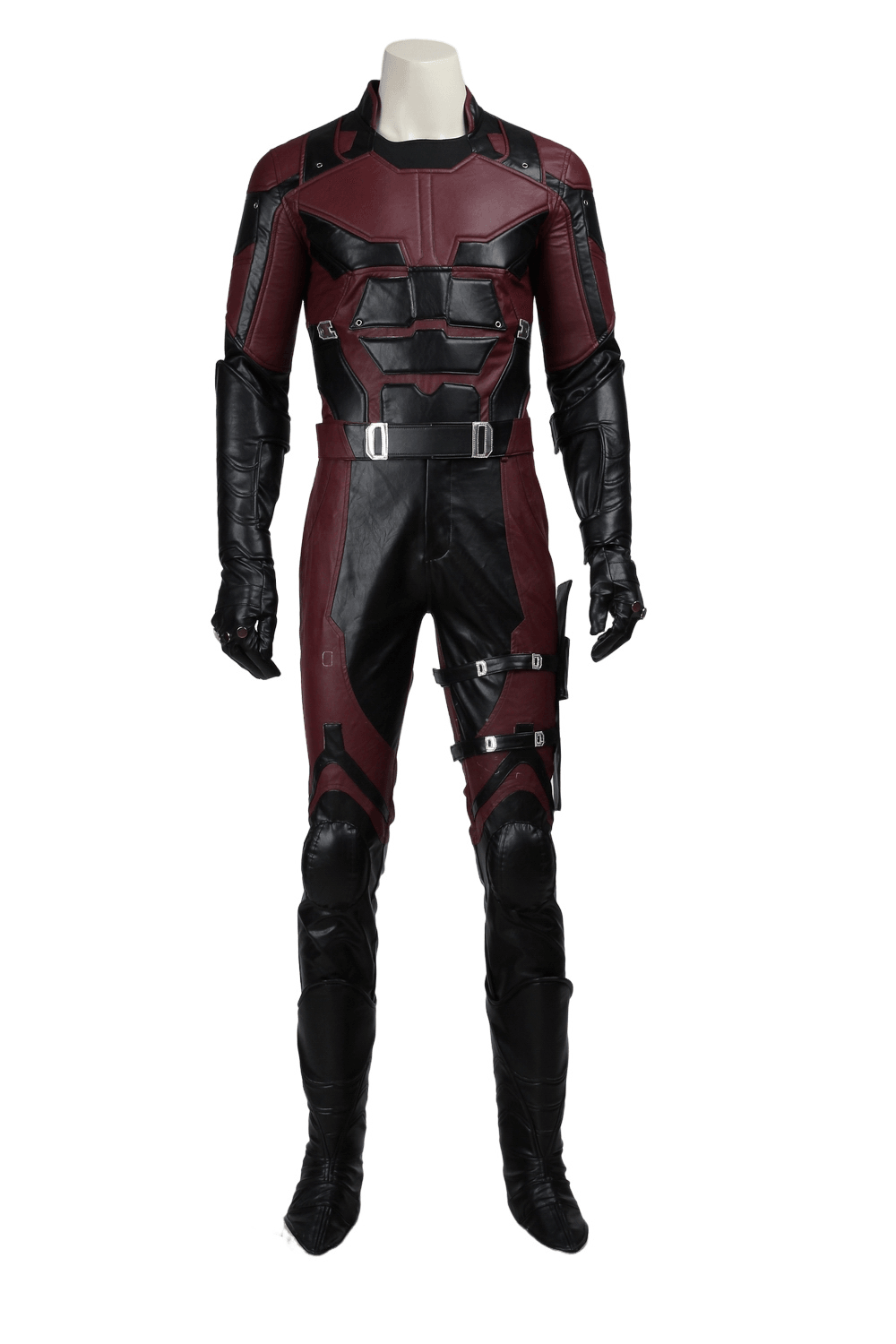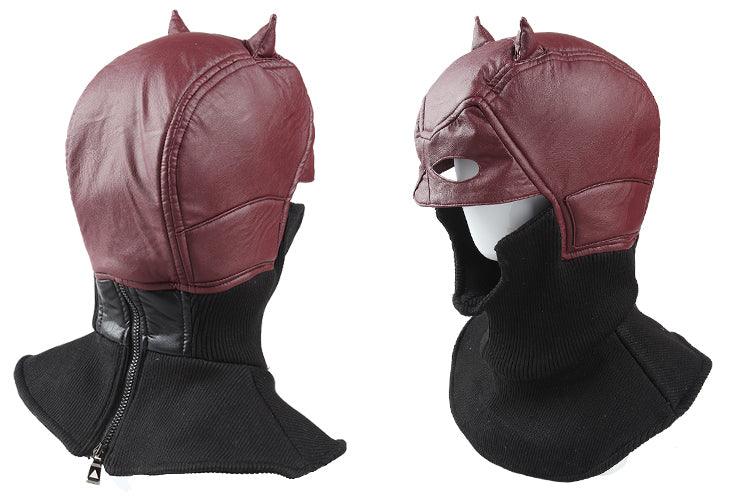How to Make Cosplay Armor on a Budget
Creating cosplay armor can be an exciting and rewarding experience, but it often comes with a hefty price tag. However, with some creativity and resourcefulness, you can craft impressive armor without breaking the bank. This guide will walk you through the process of making affordable cosplay armor, incorporating tips and techniques from various sources, including CrazeCosplay.com and other top-ranked tutorials.
1. Planning and Preparation
Before diving into the construction of your cosplay armor, it's essential to plan your project carefully. This involves choosing your design, gathering reference images, and taking accurate measurements.
Choose Your Design:
-
Decide on the character and specific armor variant you want to create. Gather reference images from multiple angles to understand the details and structure of the armor.
Scale and Measurements:
-
Take accurate measurements of your body to ensure the armor fits properly. This includes measurements for the chest, waist, arms, legs, and any other areas that will be covered by the armor.
Materials Selection:
-
Opt for affordable materials such as EVA foam, cardboard, or thermoplastics like Worbla and Wonderflex. EVA foam is particularly popular due to its versatility and affordability.
2. Creating Patterns
Creating accurate patterns is crucial for the success of your cosplay armor. Patterns serve as templates for cutting and shaping your materials.
Pattern Making:
-
Use reference images to create patterns on paper or cardstock. You can also use software like Pepakura to generate 3D models and patterns.
-
For a custom fit, wrap the part of your body in plastic wrap and masking tape. Draw the armor shapes on the tape, then cut it off to create your pattern.
3. Cutting and Shaping Materials
Once you have your patterns, it's time to cut and shape your materials. EVA foam and thermoplastics are popular choices due to their ease of use and affordability.
EVA Foam:
-
EVA foam sheets are available in various thicknesses. Thicker foam (6-10mm) is suitable for main armor pieces, while thinner foam (2-4mm) works well for details.
-
Use a sharp craft knife or X-Acto knife to cut out the shapes. A heat gun can be used to shape the foam by gently heating it and molding it over a form.
Thermoplastics (Worbla and Wonderflex):
-
Thermoplastics can be heated and molded into various shapes. They are ideal for creating detailed and sturdy armor pieces.
-
To add structure, bond two sheets of thermoplastic together or use craft foam as a base layer.
4. Assembling the Armor
Assembling the armor involves attaching the cut and shaped pieces together to create a cohesive structure.
Adhesives:
-
Use contact cement, hot glue, or super glue to bond the pieces together. Contact cement is particularly effective for EVA foam as it provides a strong and flexible bond.
-
For thermoplastics, heating the edges and pressing them together can create a secure bond.
Reinforcement:
-
Reinforce joints and seams with additional layers of foam or thermoplastic. This adds durability and stability to your armor.
5. Detailing and Texturing
Adding details and textures can elevate the look of your cosplay armor, making it more realistic and visually appealing.
Embossing and Carving:
-
Use embossing tools or a Dremel to carve intricate details into the foam or thermoplastic. This can include patterns, symbols, or battle damage.
-
For raised details, cut out shapes from thinner foam or thermoplastic and glue them onto the main armor pieces.
Texturing:
-
Create textures by pressing textured objects into the heated thermoplastic or using a soldering iron to add fine details.
-
For a metallic look, use metallic paints or rub-n-buff to highlight edges and raised areas.
6. Priming and Painting
Priming and painting are crucial steps in achieving a professional finish for your cosplay armor.
Priming:
-
Apply a primer to seal the foam or thermoplastic and create a smooth surface for painting. Plasti Dip is a popular choice for sealing EVA foam.
-
For thermoplastics, use a spray primer designed for plastic surfaces.
Painting:
-
Use acrylic paints for a durable and vibrant finish. Apply multiple thin coats to achieve an even color.
-
For metallic effects, use metallic spray paints or acrylics. Dry brushing with metallic paint can add highlights and a realistic sheen.
Weathering:
-
Weathering techniques can make your armor look worn and battle-scarred. Use dry brushing, washes, and sponges to add dirt, grime, and rust effects.
-
Focus on areas that would naturally experience wear and tear, such as edges, joints, and raised details.
7. Adding Straps and Fasteners
To wear your armor comfortably, you'll need to add straps and fasteners that secure the pieces to your body.
Straps and Buckles:
-
Use elastic straps, Velcro, or buckles to attach the armor pieces. Elastic straps provide flexibility and comfort, while Velcro allows for easy adjustments.
-
Attach the straps securely using contact cement or hot glue. Reinforce the attachment points with additional layers of foam or thermoplastic.
Padding:
-
Add foam padding to the inside of the armor for comfort and a secure fit. This is especially important for larger pieces like chest plates and helmets.
8. Final Touches
The final touches can make a significant difference in the overall appearance and functionality of your cosplay armor.
Accessories and Props:
-
Create matching accessories and props to complete your cosplay. This can include weapons, shields, or additional armor pieces.
-
Use the same techniques and materials to ensure consistency in your costume.
Testing and Adjustments:
-
Try on the armor and make any necessary adjustments for fit and comfort. Ensure that you can move freely and that the armor stays in place during wear.
-
Make any final tweaks to the paint job or details to achieve the desired look.
Resources and Inspiration
There are numerous resources available to help you in your cosplay armor-making journey. Websites like CrazeCosplay.com offer tutorials, tips, and a supportive community for cosplayers of all levels. Additionally, books and video tutorials from experienced cosplayers can provide valuable insights and techniques.
Recommended Resources:
-
CrazeCosplay.com: Offers comprehensive guides and tutorials on making cosplay armor from foam and other materials.
-
Kamui Cosplay: Provides books and patterns for creating cosplay armor using Worbla and Wonderflex.
-
Skillshare: Offers classes on making cosplay armor, including techniques for working with EVA foam and other materials.
-
Excel Blades: Provides step-by-step guides for making simple cosplay armor using foam.
-
Smooth-On: Offers tutorials on creating long-lasting helmets, armor, and props using various materials.
-
Parkin Fabrics: Provides tips for making cosplay armor using thermoplastics like Wonderflex and Worbla.
Conclusion
Creating cosplay armor on a budget is entirely possible with the right materials, tools, and techniques. By planning carefully, using affordable materials like EVA foam and thermoplastics, and following detailed tutorials, you can craft impressive and realistic armor without spending a fortune. Remember to take your time, practice your skills, and most importantly, have fun bringing your favorite characters to life through the art of cosplay. Whether you're a beginner or an experienced cosplayer, the journey of creating your own armor is a rewarding and creative experience.







